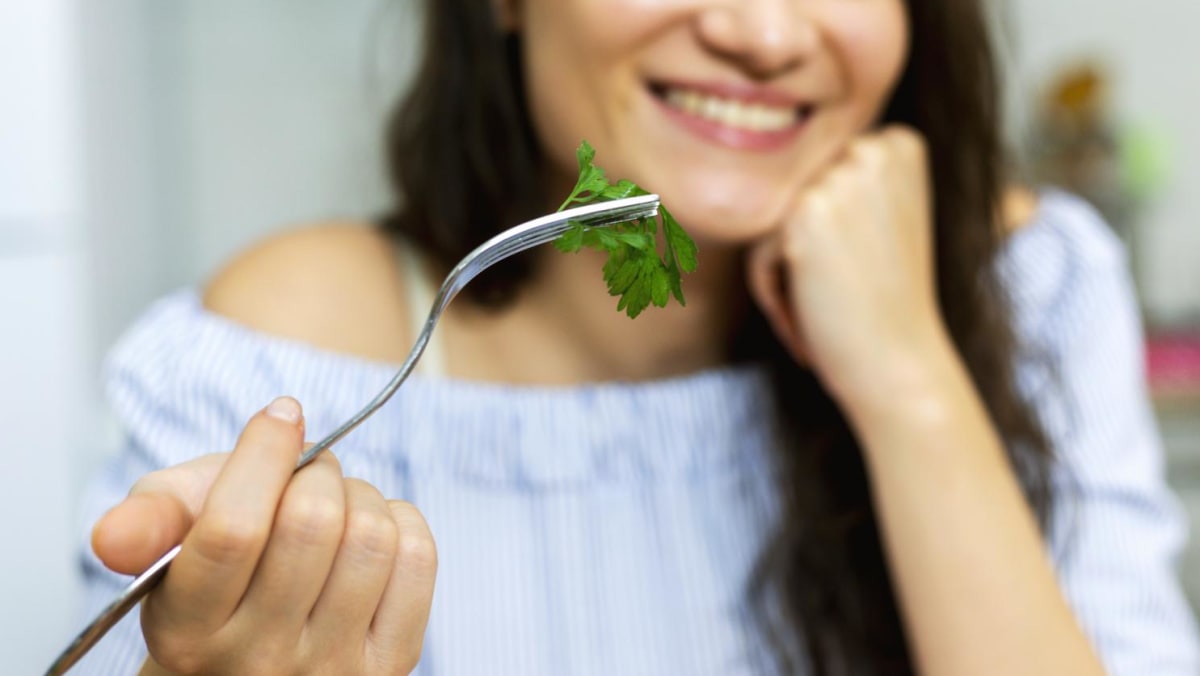Previous studies on coriander have also found limited anti-cancer effects, migraine-quelling benefits, sun damage prevention and some anti-fungal properties. But as “wow” as the science seems, I’m taking my coriander with a figurative pinch of salt as the findings aren’t conclusive.
Besides, you would have to eat a lot of the herb, about 50g or half a compact, medium-sized bunch of fresh coriander – leaves and stems – to obtain about 155mcg of vitamin K, said Chiam. For context, men need about 120mcg, and women, 90mcg of vitamin K daily.
WHY DOES YOUR FLAVOUR PREFERENCE CHANGE OVER TIME?
I still can’t figure out why my preference for coriander switched over time. Have my taste buds dulled over the years? “Some food aversions soften with time,” said Chiam. “As we age, the number of taste buds decreases and our sense of smell diminishes, leading to a reduced ability to detect some flavours.”
Chiam continued: “Sensory sensitivity is another important factor. The rough, fibrous textures of certain vegetables, especially those with stalks, can be off-putting for some individuals. This is particularly true among those with ADHD, where sensory-processing challenges may contribute to a dislike of vegetables.”
Of course, the reverse could be true for other people as well. “Some may remain sensitive or even become more averse due to health conditions leading to swallowing issues, medications that alter taste perception as a side effect, or changes in oral health (for example, dry mouth and having to wear dentures),” said Chiam.
